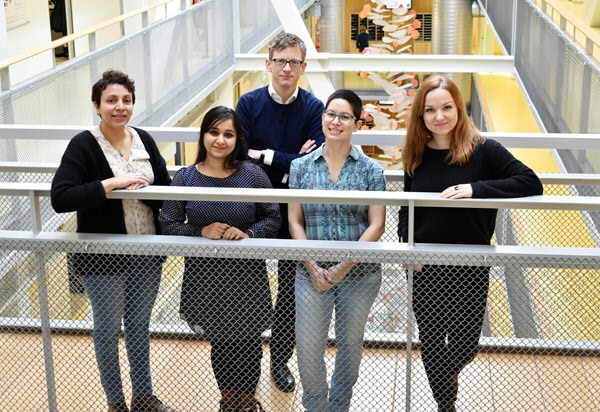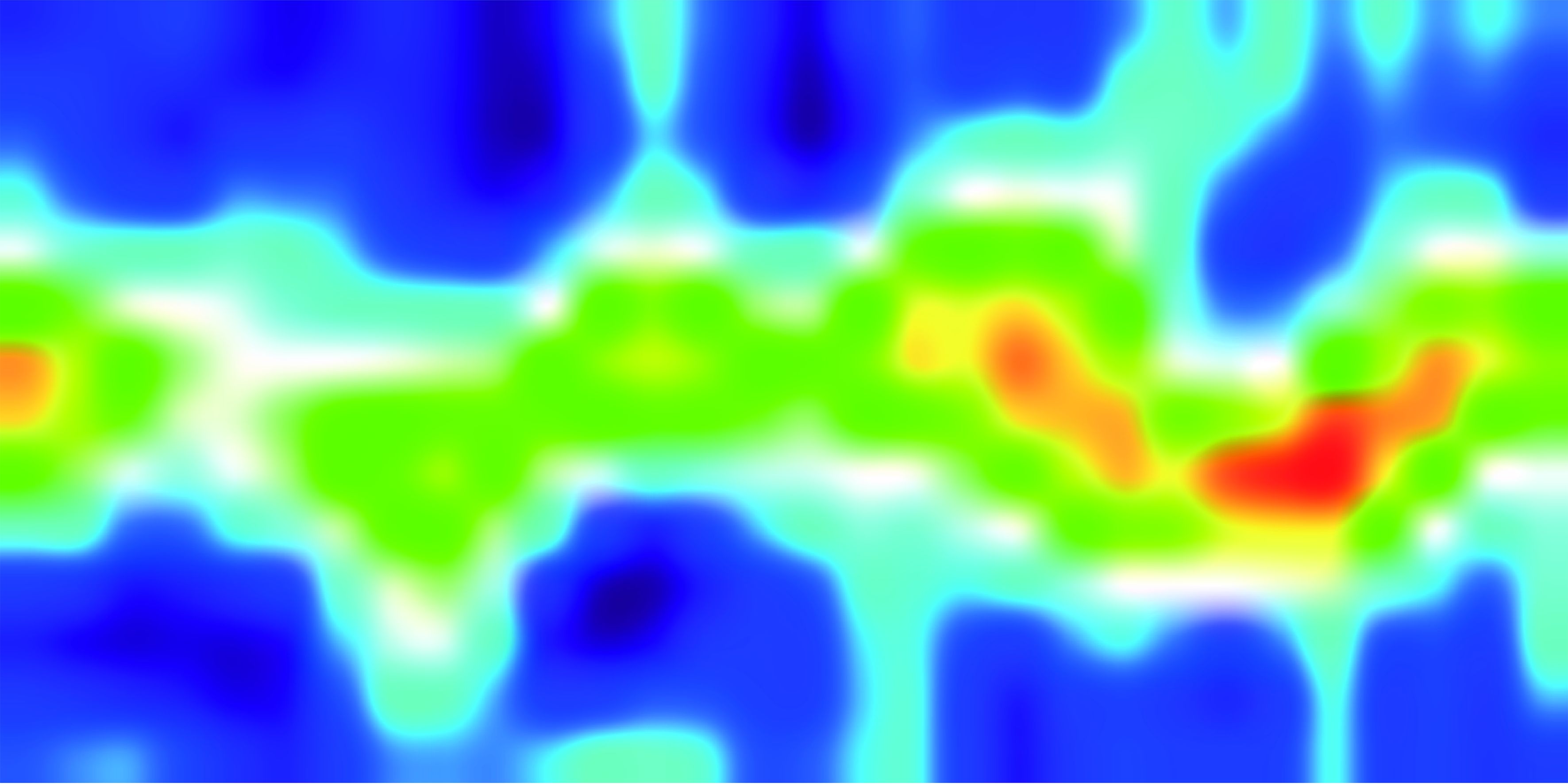Special proteins regulate the fluidity of bacterial membranes
Simple Science Summary
Like all cells, bacteria have a membrane that acts as a skin. Such a membrane is active, it must let some substances in and keep other substances out and it must be extended to allow the cell to grow. A special type of protein, called flotillin, appears to be crucial for the proper functioning of the cell membrane. Previously, scientists thought that these flotillins help other proteins to do their job properly. However, scientists from the University of Groningen have shown that the flotillins have a direct effect on the cell membrane’s structure: they make them more fluid. This knowledge could be used to design antibiotics or to create bacteria that will secrete useful proteins more efficiently.
Proteins perform important functions in bacterial membranes. Flotillin proteins were thought to act as chaperones that help to create functional protein complexes. Microbiologists from the University of Groningen, together with colleagues from Germany and France, have now shown that flotillin proteins modify the fluidity of bacterial membranes. These results, which were published in the journal eLife on 14 July 2020, could have implications for antibiotic discovery and the use of bacteria as cell factories.
All living cells are enclosed by a membrane that regulates the entry and exit of substances. In eukaryotic cells, different membrane domains have long been recognized. But until recently, microbiologists assumed that the membranes of the much smaller bacteria were mostly uniform. ‘As recently as ten years ago, it became apparent that there are functional domains in bacterial membranes,’ explains Dirk-Jan Scheffers, Associate Professor in Molecular Microbiology at the University of Groningen.

Membrane fluidity
One such domain is defined by the presence of a specific class of proteins, called flotillins. ’These flotillins appeared to play a role in controlling the position and activity of proteins that are involved in the synthesis of the bacterial wall,’ says Scheffers. Since he has studied the production of bacterial cell wall building blocks for a long time, Scheffers was interested in flotillins. One leading theory suggested that these proteins act as chaperones and help other proteins in the membrane to assemble into functional complexes.
‘However, some of our observations appeared to contradict this idea. Furthermore, it is difficult to imagine that one protein could bring together lots of different proteins: how can it interact with all of them?’ Together with colleagues from Germany, he developed the hypothesis that flotillins do not act as chaperones but regulate the cell membrane’s fluidity.
Cell wall
Their experiments showed that fast-growing cells of the rod-shaped Bacillus subtilis bacteria were unable to maintain their shape in the absence of flotillins. However, fast-growing cells without flotillins maintained their shape in the presence of a chemical membrane fluidizer. ‘This points to a physical effect of the flotillins,’ says Scheffers. The direct effect of flotillin on cell membrane fluidity was confirmed by colleagues in France through experiments with artificial membranes.
So, how do flotillins create this effect? This will take some time to find out, but Scheffers has some ideas. Since the phospholipid composition determines membrane fluidity, it seems possible that the flotillin proteins bind to particular kinds of phospholipids which decrease fluidity, thereby increasing the overall membrane fluidity. Fluidity also explains the effect that flotillins have on cell wall construction: building blocks for the cell wall are produced inside the cells and must be transported to the outside. This will be easier in a more fluid membrane.

Antibiotic
‘All this shows that specific membrane domains exist in bacteria, just like they do in eukaryotic cells,’ says Scheffers. ‘The role of flotillins is to ensure that the membrane has the correct physical structure to function properly.’ If this conclusion is correct, it will have interesting consequences. Targeting flotillins to modify the physical properties of bacterial cell walls could be a way to either kill the cells (which is useful in antibiotic development) or to increase protein secretion (which is useful in creating cell factories). Scheffers: ‘The bacteria that we used, Bacillus subtilis, are often used to produce proteins. However, we believe that this physical mechanism is likely to be universal in bacterial species.’
These studies were carried out by an international team of scientists. In Groningen, most of the work was carried out by first author Dr Aleksandra Zielińska, in close collaboration with Professor Marc Bramkamp and Abigail Savietto at the University of Kiel (Germany).
| Last modified: | 23 September 2020 2.13 p.m. |
More news
-
10 June 2024
Swarming around a skyscraper
Every two weeks, UG Makers puts the spotlight on a researcher who has created something tangible, ranging from homemade measuring equipment for academic research to small or larger products that can change our daily lives. That is how UG...
-
21 May 2024
Results of 2024 University elections
The votes have been counted and the results of the University elections are in!
